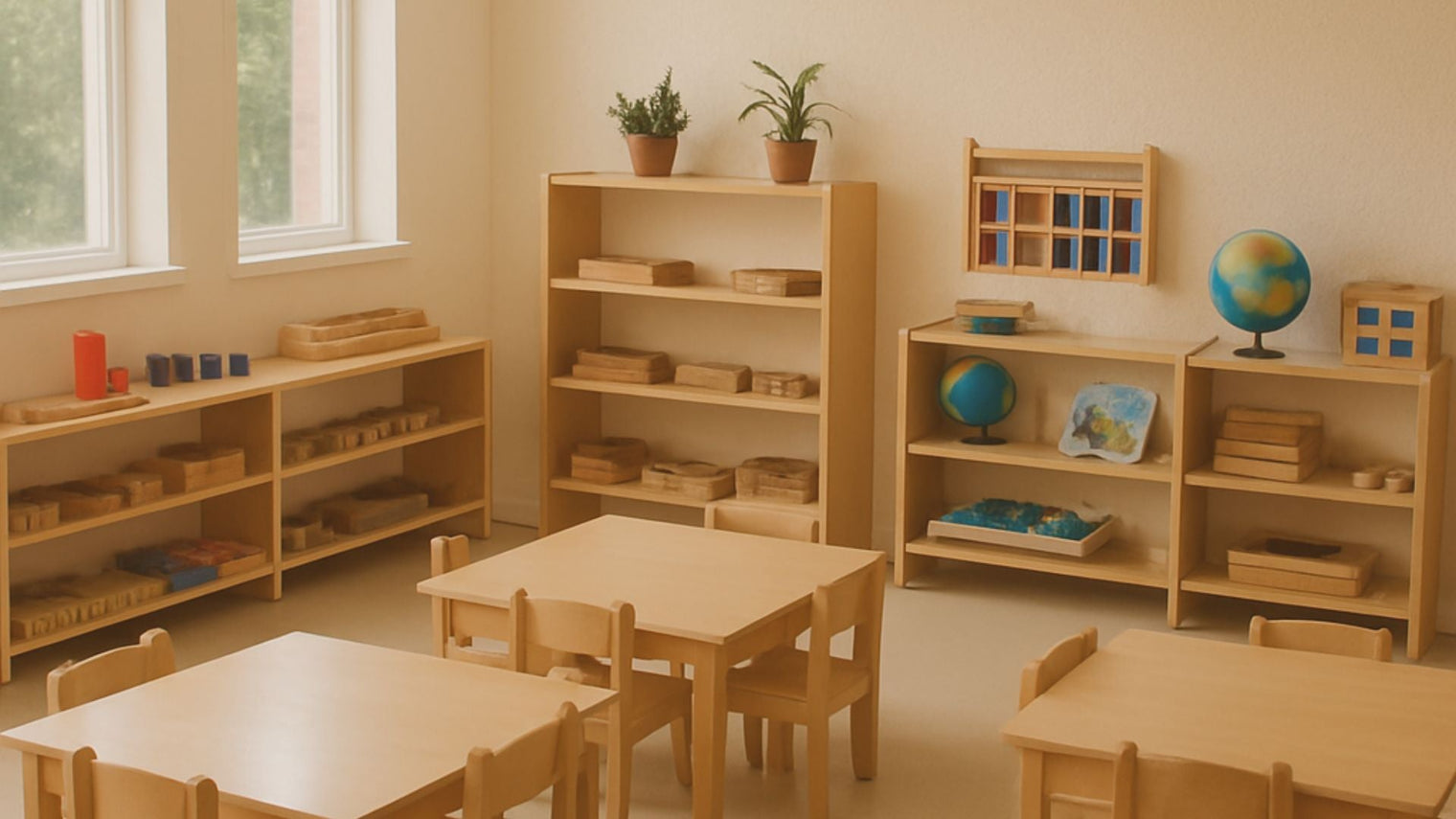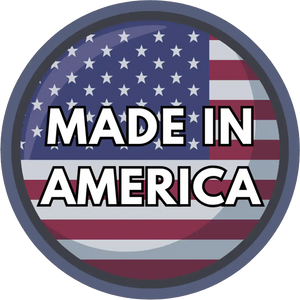Keeping your child’s play area neat while encouraging independence can be a challenge. Toys pile up, shelves overflow, and before long, the space feels chaotic.
That’s where a Montessori shelf with hidden storage comes in — a smart, beautiful way to blend organization, play, and child-led learning.
At Dannico Woodworks, we believe kids’ furniture should do more than just hold things. It should inspire creativity, foster independence, and bring calm to your home.
If you’ve been wanting to create a Montessori-inspired play area that’s both practical and beautiful, this guide will walk you through how to build a Montessori shelf with hidden storage—perfect for toy rotation and clutter-free play.
Planning Your Montessori Shelf
Choosing the Right Materials
When building furniture for children, safety and durability are paramount. Opt for high-quality, non-toxic materials such as solid wood and child-safe finishes.
Look for sustainably sourced wood to ensure your project is eco-friendly.
Design Considerations
When designing your Montessori shelf, consider the height and accessibility for your child.
The shelf should be low enough for them to reach toys comfortably, promoting independence.
Incorporating hidden storage helps keep the play area tidy and allows for a seamless look.
 Tools and Supplies
Tools and Supplies
Gather all necessary tools and supplies before starting your project. Here's a quick checklist:
- Measuring tape
- Saw (hand saw or power saw)
- Drill
- Screws and nails
- Sandpaper
- Wood glue
- Paint or varnish (optional)
- Hinges (for hidden storage)
Building the Montessori Shelf
Step 1: Cutting the Wood
Start by cutting your wood pieces according to your design plan. Ensure all edges are smooth to prevent any splinters. Sand down the pieces for a polished finish.
Step 2: Assembling the Frame
Begin by assembling the frame of the shelf. Use wood glue and screws to secure the pieces together. Ensure the structure is sturdy, as it needs to withstand daily use.
Step 3: Creating Hidden Storage
To incorporate hidden storage, consider adding a hinged top or bottom compartment. This can be an excellent space for storing toys that are not in the current rotation. Install hinges carefully, ensuring they are secure but accessible for adult use.
Step 4: Finishing Touches
Once assembled, apply a child-safe finish to protect the wood and enhance its appearance. Whether you choose paint or varnish, ensure it is non-toxic and safe for children.
Organizing the Shelf
Toy Rotation
One of the key components of a Montessori shelf is toy rotation. By rotating toys every few weeks, you can keep your child's interest and encourage them to explore different activities.
Hidden storage is perfect for keeping out-of-rotation toys organized and out of sight.
Labeling and Accessibility
Label shelves and compartments to help your child learn organization skills. Use pictures or words, depending on their age and reading level. Ensure all items are easily accessible to promote autonomy.
Benefits of a Montessori Shelf with Hidden Storage
Encourages Independence
By allowing children to access their toys independently, you foster a sense of responsibility and self-reliance.
They learn to choose activities that interest them and return items to their designated places.
Promotes Order and Focus
An organized environment helps children focus on their activities without being overwhelmed by clutter. The hidden storage feature maintains tidiness and supports a calm, focused play area.
Supports Developmental Growth
With a Montessori shelf, you can curate toys that support your child's developmental needs. Rotate educational toys that encourage problem-solving, creativity, and motor skills.
FAQs
How many toys should I keep on the Montessori shelf?
Six to eight toys are ideal. Too many can overwhelm your child and reduce focus during play.
What’s the best wood for a Montessori shelf?
Birch, maple, or solid pine are great options — they’re sturdy, smooth, and safe for children.
How often should I rotate toys?
Every 1–2 weeks works well. Follow your child’s interests — if they lose interest in a toy, swap it out.
Can I customize the hidden storage section?
Absolutely! You can choose drawers, sliding doors, or lift-top compartments, depending on your space and needs.
Is it better to buy or build a Montessori shelf?
If you have tools and time, building one can be a fun project. But if you want professional craftsmanship and guaranteed safety, explore our ready-made designs at Dannico Woodworks.
Final Thoughts
Building a Montessori shelf with hidden storage is more than a weekend project — it’s an investment in your child’s growth, creativity, and independence.
With the right design, you can create a calm, clutter-free play space that inspires learning and exploration every day.
At Dannico Woodworks, we’re proud to help families build environments where children thrive — one thoughtful piece of furniture at a time.
Would you try building your own Montessori shelf, or would you prefer a handcrafted piece designed to last for years?
Explore more:
👉 Shop Montessori Bookshelves
👉 Visit Dannico Woodworks

